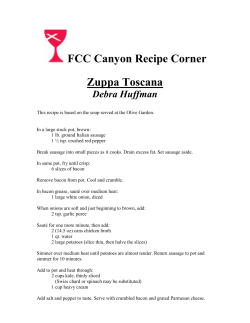
3.8 Laurentius de Voltolina, Medieval University Lecture
Image 3.8 LAURENTIUS DE VOLTOLINA, MEDIEVAL UNIVERSITY LECTURE1 The High Middle Ages were an age of associability, of frequent contacts, of social density. Male Franciscans traveled constantly. The monastic houses communicated regularly with each other. Individual priests and religious were routinely transferred as considered necessary by Church authorities. Scholars often trained and taught at different universities. These intellectual and cultural changes brought on the Twelfth-‐Century Renaissance, which laid the foundation for a burst of philosophical speculation in the next century. Important for these developments was the recovery of ancient Greek philosophy and systematic study of the works of science, philosophy, and mathematics of Muslim scholars. Indeed, Aristotle and Ibn Rushd took the universities by storm. Thinkers like Thomas Aquinas (ca. 1225-‐1274), a Dominican, and Roger Bacon (d. 1294), a Franciscan, embraced both “pagans” and “infidels,” constructing vast syntheses based on the belief that nature and Divine Law are in harmony and, in the case of Bacon, that mathematics are necessary for understanding theology. The image reproduced below is of a parchment painting rendered by the artist Laurentius de Voltolina; it depicts a university lecture during the fourteenth century at the University of Bologna in Italy. For the image’s original Internet location, click here. 1 Image provided courtesy of Wikimedia Commons.
© Copyright 2025

















